Most of you are aware that there is a right and a wrong way to lift something. Maybe you’ve had some instruction in safe lifting techniques, but, in as much as back injuries due to improper lifting continue to be a major accident cause, a review of proper lifting procedures is in order.
There are various types of injuries that can occur while attempting to lift. Hernia, an ailment usually associated with lifting, does not generally result from a single effort expended in lifting. It is usually the result of continued extreme exertion, especially done contrary to the structure of the body.
Back strain is a more common type of lifting injury. Like a hernia, it results from the over stretching of certain muscles and can be avoided by employing correct lifting techniques.
The first thing that should be done before attempting to lift an object is to “size it up.” Look it over and decide if you can handle it alone or if you need help. It is advisable to get help if there’s any doubt in your mind as to whether the load is safely within your capacity.
Also, look over the area where you’re going to be carrying the object. Make sure it’s clear of obstacles. Get a good footing close to the load. (Speaker may wish to demonstrate these points.) Place your feet eight to twelve inches apart. Bend
your knees to grasp the load. Keep your back straight. Bend your knees outward and straddle the load somewhat. Get a firm grip. Keep the load close to your body. Then lift gradually by straightening your legs.
Of course, once you’ve lifted the load, you’ll eventually have to set it down, so you bend your legs again, keeping your back upright, following the lifting procedures in reverse. Make sure that your fingers clear the pinch points. Better set one corner down first.
When you have someone helping you lift an object, teamwork becomes important. If you’re going to be carrying the load to another point, both of you should decide in advance how it is to be handled. Check the route and the clearance. One person should be the leader and be in a position to observe and direct the other.
Lifting and lowering should be done in unison. Don’t let the load drop suddenly without warning your partner.
You’ve probably all seen in the old movies on television the hilarious situations you can get into when you start moving a long object around, such as a ladder.
Windows are broken and people are knocked down. But these things aren’t very funny in real life. So, when carrying a long object, make sure you have proper clearance. Both persons should be on the same side of it and in step.
After having lifted an object, if you intend to place it on a table or bench, rest it on the edge, then slide the object onto the surface. When lifting an item off a bench or table, get close to the load.
When lifting a load above your waist, first, correctly lift it waist high, then rest it on a firm object for support. Change your grip, then again bend your knees to get extra leg muscle into the final effort.
Never attempt to change your grip or the position of your load while you are moving. Stop and rest the load on a firm object, then adjust your grip.
Use caution in changing direction while carrying an object. Don’t twist your body-turn it with changes in foot direction. Have a clear vision over the load.
Your back is a very important part of your body, but it’s easy to forget that you have one until you injure it. Then it becomes painfully in evidence. However, by utilizing these safe lifting steps we’ve just discussed, your back can be easy to live with the rest of your life.


